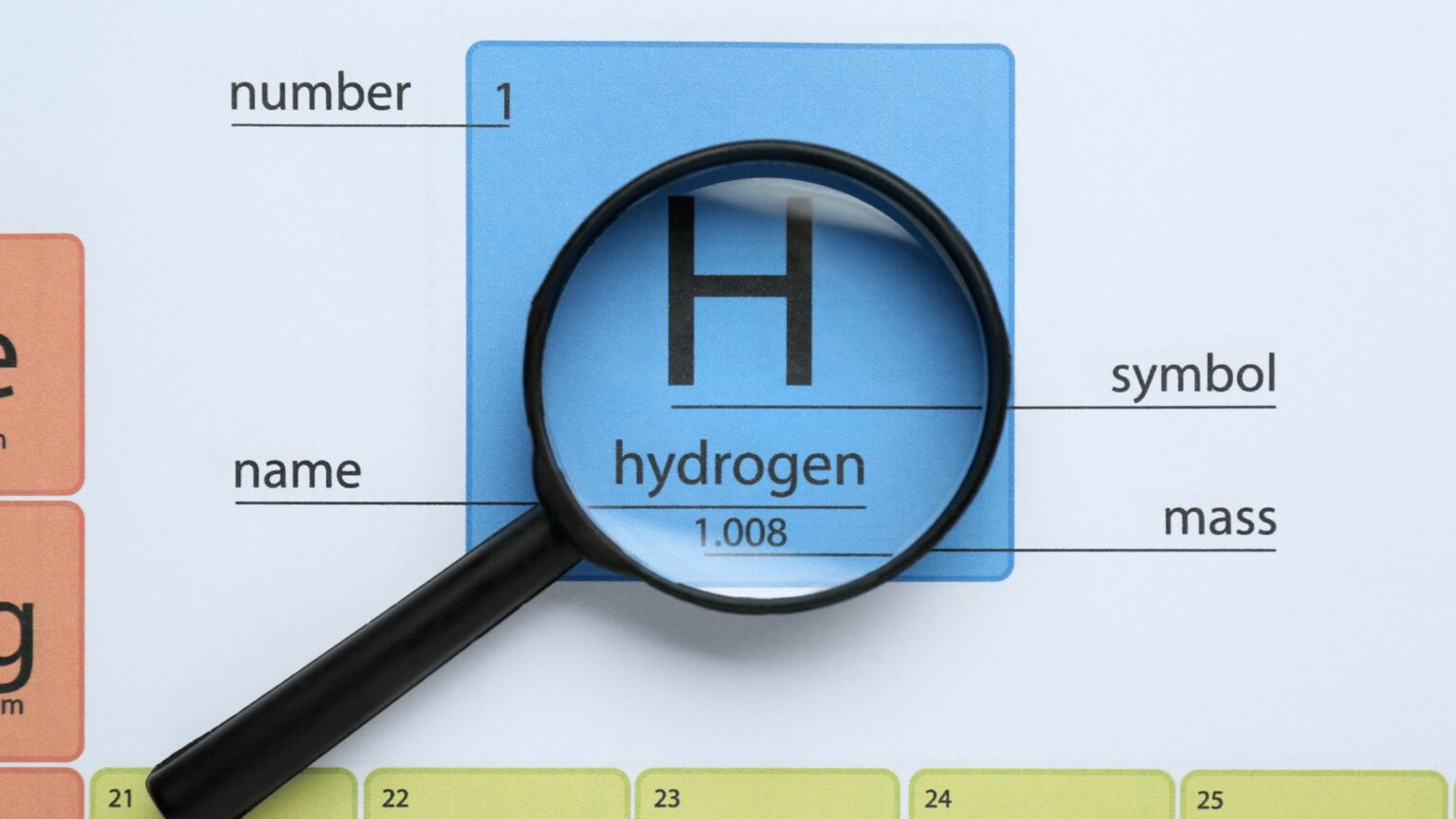Shetland is set to become a focal point in the UK’s green hydrogen and ammonia ambitions, as Statkraft moves forward with plans for a 400MW electrolytic hydrogen facility on land adjacent to the disused Scatsta Airport.
The project, known as Shetland Hydrogen Project 2, follows the signing of a lease agreement with the Shetland Islands Council and positions the region at the intersection of renewable power generation and industrial decarbonization.
The facility will produce green ammonia from renewable-powered electrolysis, targeting multiple industrial markets. Marine shipping — where ammonia is emerging as a potential zero-carbon fuel — and fertilizer production, a major source of industrial emissions, are among the initial focus sectors. By displacing fossil-derived inputs, the plant could contribute meaningfully to the UK’s net-zero industrial strategy, while also tapping into growing export demand for clean fuels.
A key operational advantage for the project lies in Shetland’s abundant renewable energy potential. Statkraft already has three wind farms in the pre-construction phase across the islands: Mossy Hill near Lerwick, Energy Isles on Yell, and Beaw Field, also on Yell. The planned hydrogen facility will enable surplus generation from these assets — and other local renewables — to be converted into hydrogen and subsequently ammonia, reducing reliance on grid balancing and curtailment.
Its location also offers logistical and industrial synergies. Proximity to the Sullom Voe Oil Terminal and Shetland Gas Plant means the project can draw on an existing energy infrastructure network and a workforce with decades of experience in large-scale energy operations. This is likely to support both construction efficiency and operational safety standards.
Stay updated on the latest in energy! Follow us on LinkedIn, Facebook, and X for real-time news and insights. Don’t miss out on exclusive interviews and webinars—subscribe to our YouTube channel today! Join our community and be part of the conversation shaping the future of energy.
